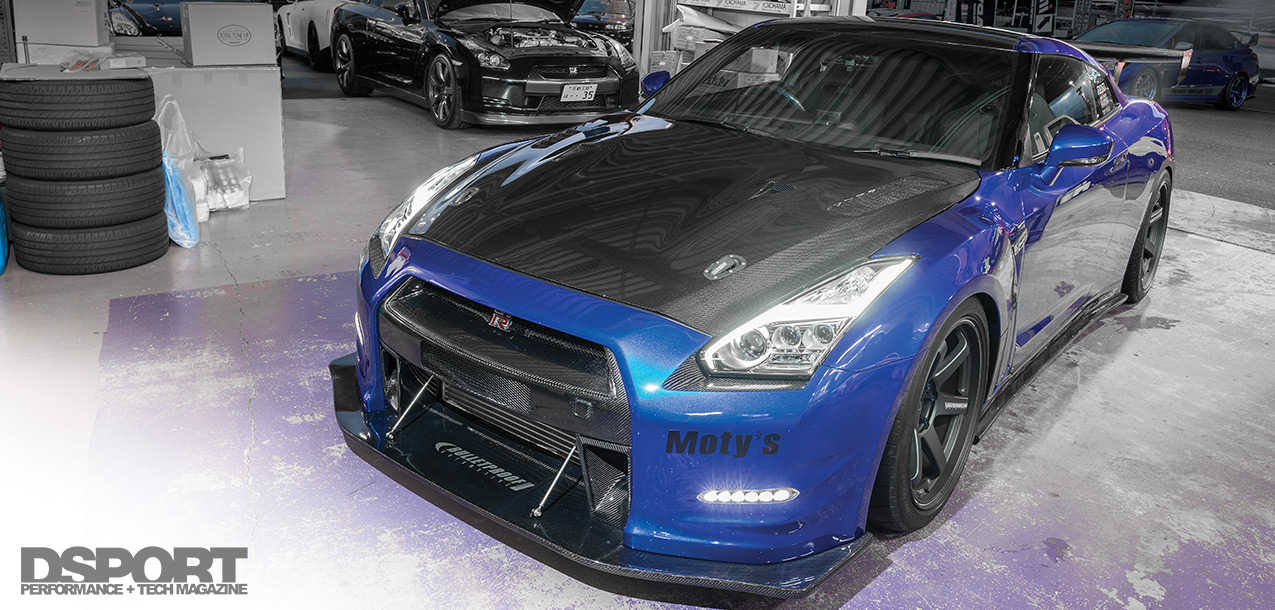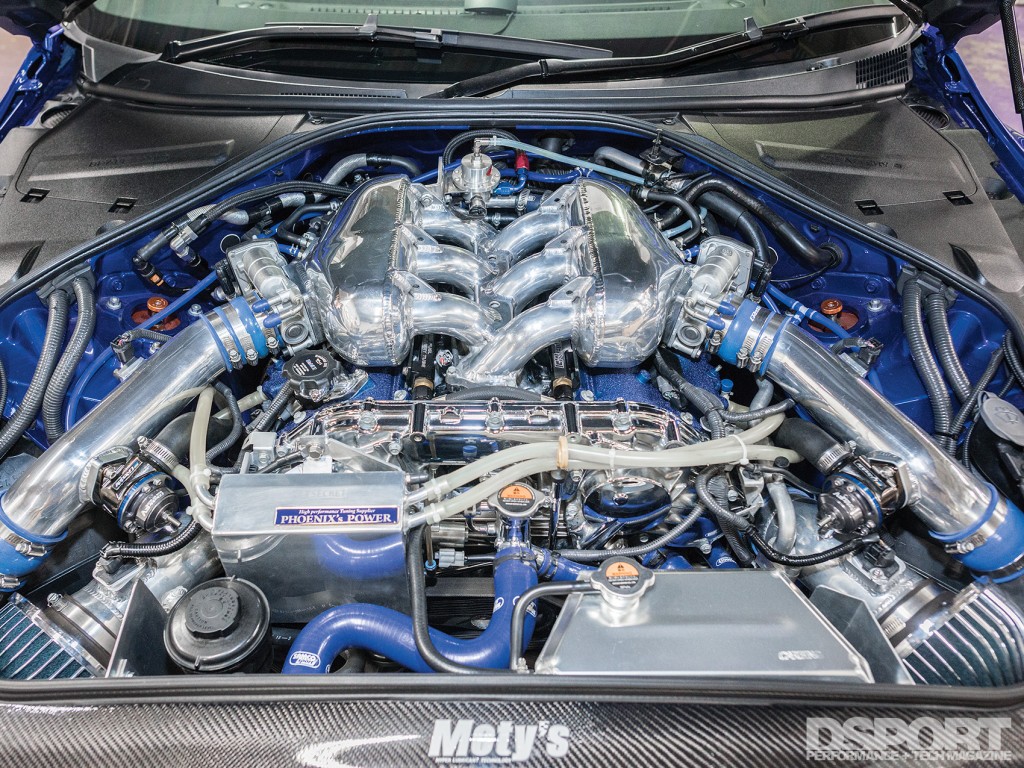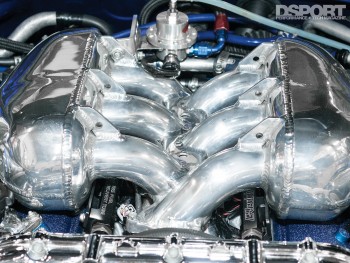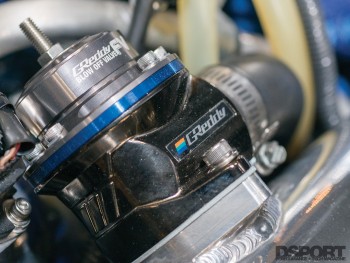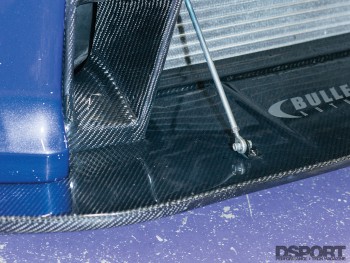Bigger Can Be Better
The GT-R’s VR38DETT engine already came from the factory producing around 500 horsepower. The limits of the rotating assembly and the dual clutch transmission were discovered at around 700 horsepower. Beyond that, the rods and pistons soon proved the weak link, while clutch slip issues inhibited proper transmission of torque to the wheels. Increasing the displacement of the engine has obvious advantages when it comes to increasing an engine’s output, especially when employing larger turbochargers. Since the rotating assembly needed fortification, Phoenix’s Power also decided to increase the displacement. They turned to JUN Auto to fully build the V6 engine.
JUN Auto was among the first of the Japanese tuners to embrace sleeving the VR38 block. They established a relationship with Darton International, who developed a ductile iron sleeve solution for the aluminum V6 engine. With the sleeves installed, JUN Auto then increased the bore diameters to 96mm before constructing the rotating assembly. A JUN Auto stroker kit complete with forged aluminum pistons, forged steel rods and a 92mm stroker crank filled the block. The resulting 5-percent increase brought the VR38 up to an even 4-liters in displacement. To make best use of the extra displacement, JUN Auto 272-degree camshafts lift the factory valvetrain higher and longer than the factory bumpsticks. Stiffer valve springs ensure that the valves don’t float at higher engine speeds.
Cool Spools
Increasing the displacement also increases the amount of air being ingested and expelled. With more high enthalpy exhaust gasses flowing from the enlarged engine, increasing the boost and the size of the turbochargers without sacrificing much in the way of response is a win- win situation. Thus, a GReddy turbocharger upgrade was selected for the duty. GReddy stainless-steel manifolds channel exhaust gasses into the turbines of a pair of TD06- 25G turbochargers. These turbochargers flow enough air to produce over 500 horsepower each, making them ideally sized for this application. Any larger and too much response would be sacrificed. Any smaller and the peak power targets might not be reached. These turbos feed into a GReddy Type 29 intercooler before pressurizing a JUN Auto GT Surge Tank atop the engine.
No Fear of Gears
Phoenix’s Power began tuning the factory ECU using its proprietary reflash software. It soon uncovered the next weak link in the driveline chain, the GR6 transaxle. Improvements to the gearbox were necessary in order to properly put the power down to the ground. R35 tuners learned early on that the line pressure to the clutch packs would release the clutches at a certain level of torque to protect the internals from damage. Most have noted that the 700 horsepower mark proved the breaking point for both the rotating assembly as well as the point that the clutches start slipping. However, this also limited the usable output of the VR38 engine, warranting an overhaul of the transaxle. The overhaul process uncovered the GR6’s weaknesses, of which Phoenix’s Power resolved with its own upgrades to the gears and the clutch packs. Once finished, tuning of the factory ECU resumed. The GT-R went on to put down 983 horsepower to the rollers of a Sakura Dyno Systems Super Dyno RS dynamometer.
Hybrid Process
At just 17 horsepower short of its goal, Phoenix’s Power successfully fortified the GT-R for higher output levels using a combination of JDM and USDM tuning tactics. With further tuning, it could achieve this goal with Japan’s premium pump unleaded (100 octane) in the tank. With a higher-octane race fuel, eclipsing the 1,000 horsepower mark would be easily surpassed. If Japan were to embrace E85 the way that America has, just a few upgrades to the fuel delivery system and a retune would more than clear the mark and would likely reach the output threshold of the TD06-25G turbochargers. Incorporation of USDM tuning methods with the Japanese tuning philosophy culminated to deliver a street-driven machine boasting response and enough street power to garner respect on the streets of Kyoto.


